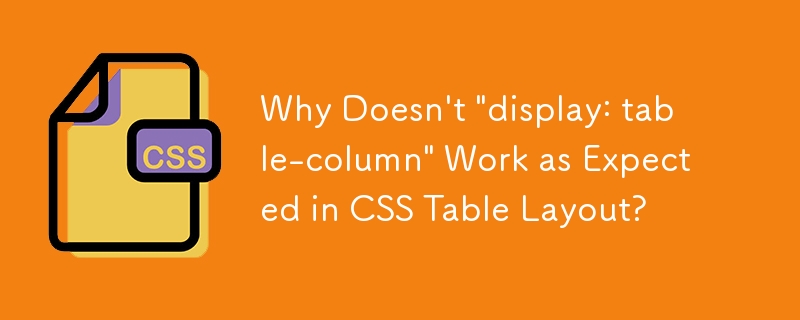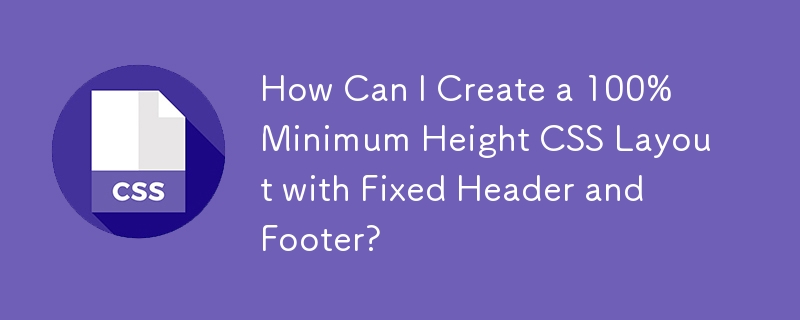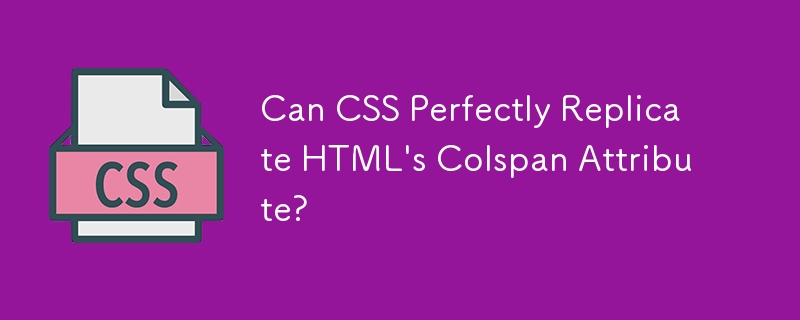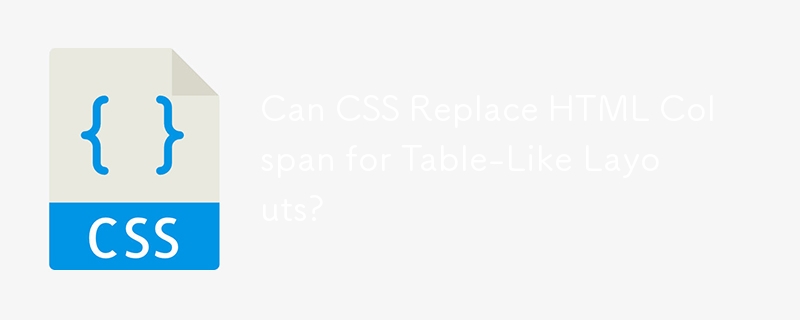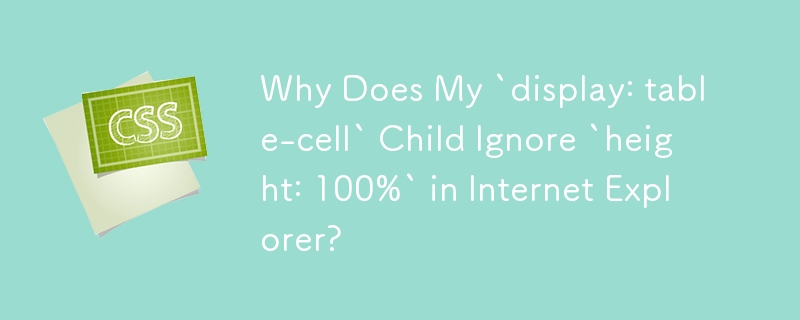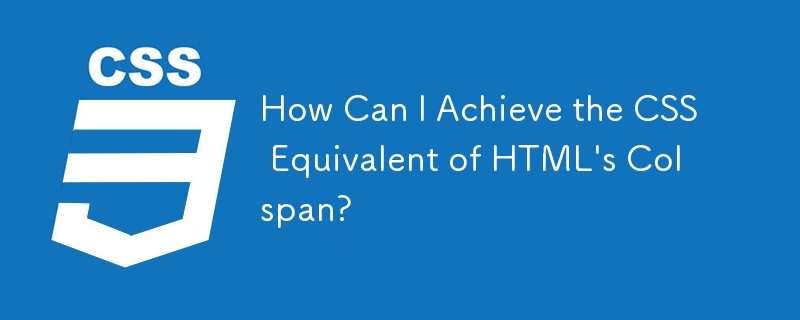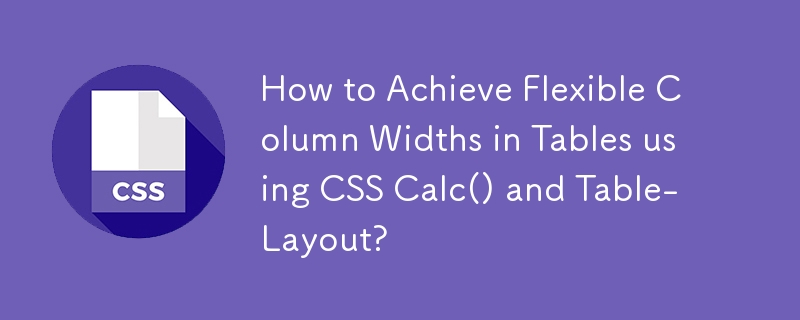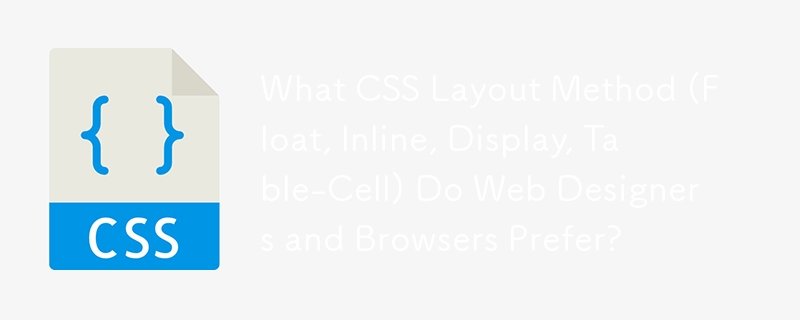Found a total of 10000 related content
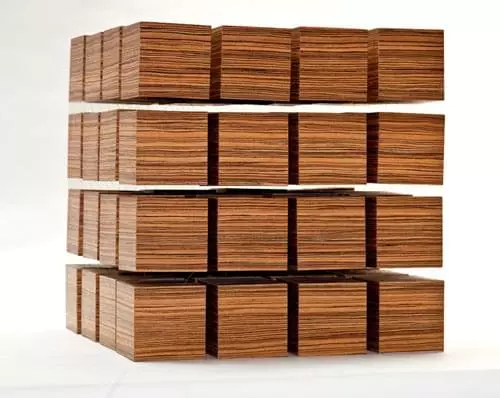
Layout Secret Weapon #1: The CSS Table Property
Article Introduction:CSS display: table attribute: a tool to solve layout problems
Core points:
CSS's table attribute is powerful, can solve multiple layout problems and is compatible with all modern browsers. It allows HTML elements to function like table elements, providing a common solution to complex layout and alignment problems.
The CSS table attribute can be used to create contour boxes, simple old-style layouts, and adaptive layouts with content orchestration. It is especially useful in responsive designs, allowing elements to resize and position according to the user's screen size.
Although the CSS table attribute has many advantages, it also has some limitations. Compared to other display properties, it is creating a
2025-02-20
comment 0
765


How is Cell Padding different from Cell Spacing?
Article Introduction:The article discusses cell padding and spacing in HTML/CSS, their impact on table readability and webpage layout, and strategies to enhance table visual appeal.
2025-04-30
comment 0
912

Understanding CSS Flexbox: A Beginners Guide!!!
Article Introduction:?TABLE OF CONTENTS
Introduction to CSS Flexbox
Essential Properties
Advanced Properties
Conclusion
?? Introduction to CSS Flexbox
CSS Flexbox is the ultimate solution for all your layout woes. In this article, we’re focusing ent
2024-12-16
comment 0
1158

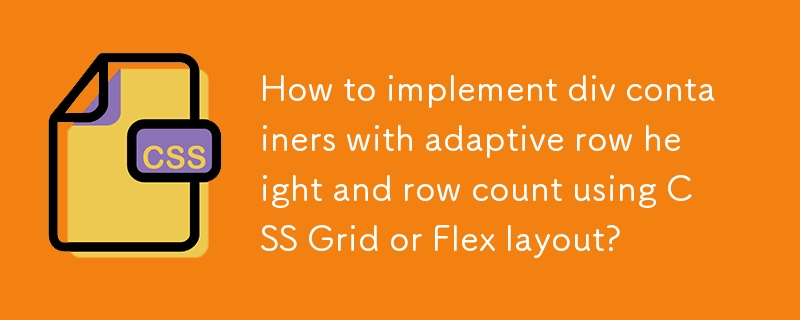
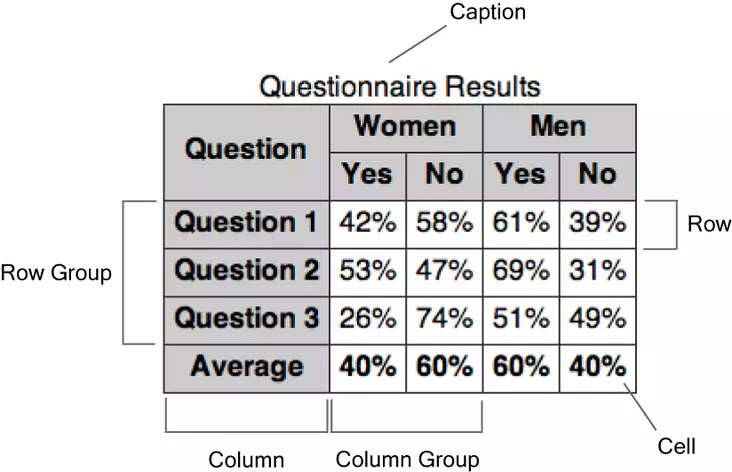
Table Formatting
Article Introduction:HTML Tables: In-depth understanding of complexity and style
This article discusses the complexity of HTML tables and its application of CSS styles in depth. HTML tables contain elements such as title, row group and column group, and the rendering order is: table, column group, column, row group, row group, and cells. The HTML table model is centered in behavior and is contained within the rows on the cell structure.
Table formatting objects
CSS provides ten table-related display attribute values ??for controlling table styles. These values ??can also be applied to other elements, but anonymous table-related elements may need to be generated to render correctly.
The width of a table and its columns is determined by two algorithms: a fixed table layout algorithm and an automatic table layout algorithm. The former is not affected by the content of the table cell, and the latter needs to check the table.
2025-02-26
comment 0
306
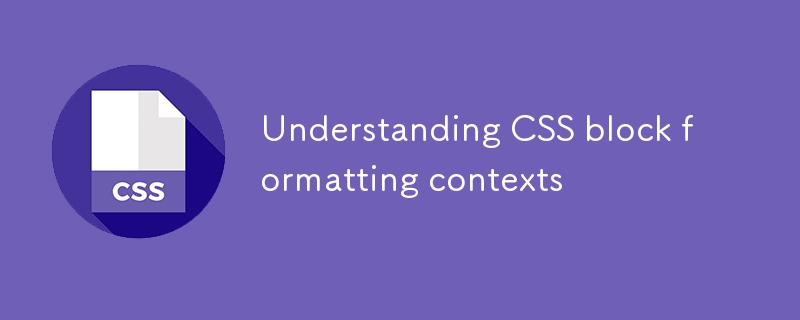
Understanding CSS block formatting contexts
Article Introduction:BFC is an independent layout area in CSS, used to control element arrangement and isolate internal and external layout effects. Its functions and creation methods are as follows: 1. Solve the problem of overlapping margins, avoid margin mergers by dividing elements into different BFCs; 2. Clear the impact of floating, so that the parent container correctly wraps floating child elements; 3. Implement adaptive two-column layout, and use overflow:hidden and other features to make the sidebar and content area not interfere with each other; 4. Isolate the internal layout without being affected by external influences, improving structural clarity and controllability. Common ways to create include setting overflow, using floating, absolute positioning, inline-block, flex or grid layout.
2025-07-12
comment 0
427
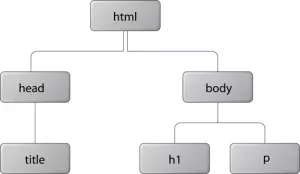
CSS Layout and Formatting
Article Introduction:This document explains CSS layout and formatting, contrasting it with older table-based methods. It uses a simplified explanation of the Document Object Model (DOM) and the CSS box model to illustrate how a browser renders a webpage. The article th
2025-02-25
comment 0
890
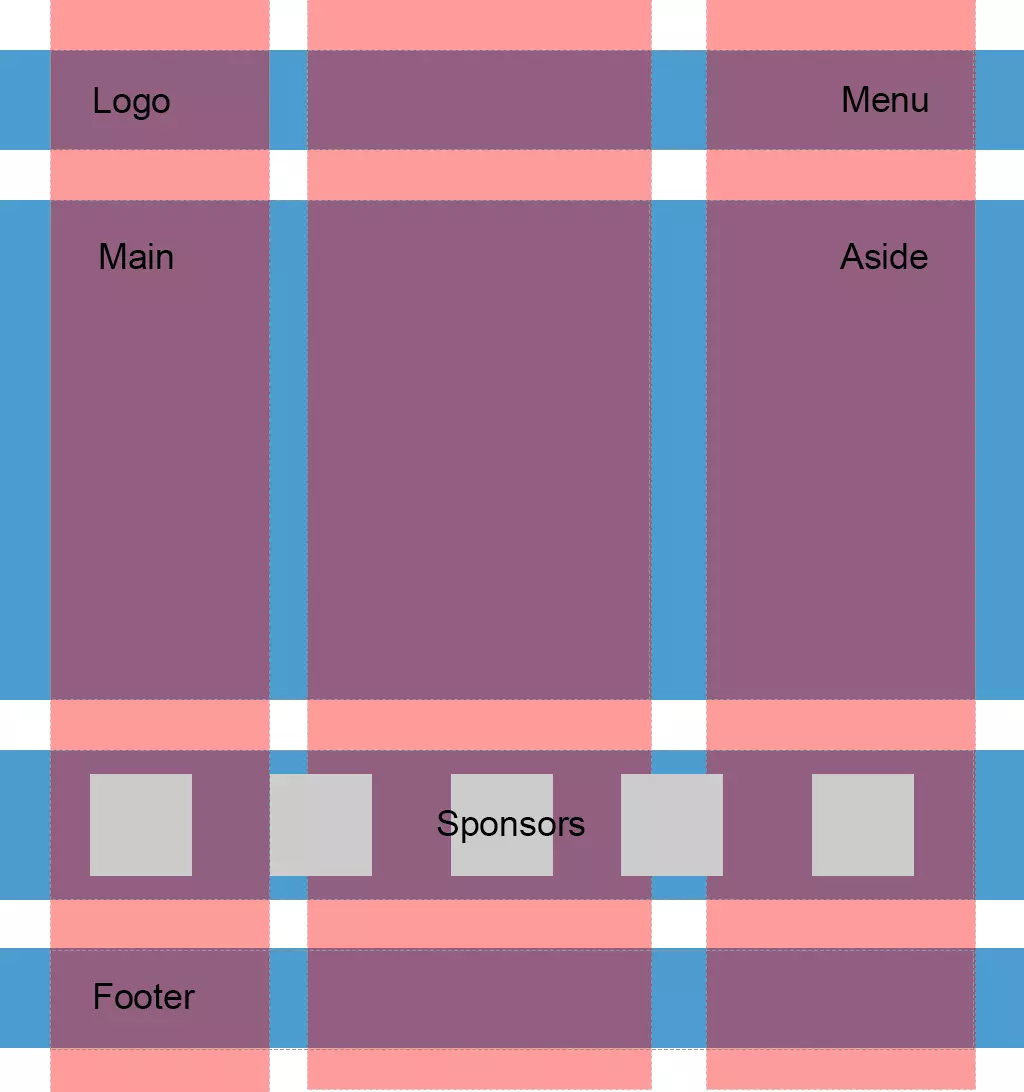
Redesigning a Site to Use CSS Grid Layout
Article Introduction:In this article, we’re going to see CSS Grid in action by creating a responsive multi-column website layout.
CSS Grid is a new, hot trend in web development these days. Forget about table layouts and floats: a new way to design websites is already h
2025-02-15
comment 0
513

How to create a table in HTML
Article Introduction:How to create a simple table with HTML? 1. Use tags to wrap the entire table content, define rows, define cells, and use them in the table header; 2. Add border attribute or CSS style to set the border and appearance, it is recommended to use CSS to control the style more flexible; 3. Use colspan and rowspan to merge cells to achieve complex layout; 4. Add and scope attributes to improve accessibility. For example: name and age Zhang San 28, combined with CSS, the form can be more beautiful and easy to read.
2025-07-05
comment 0
625


